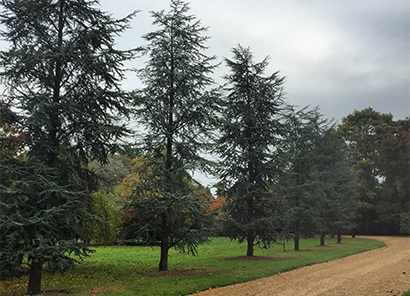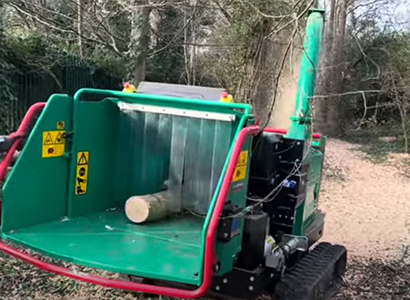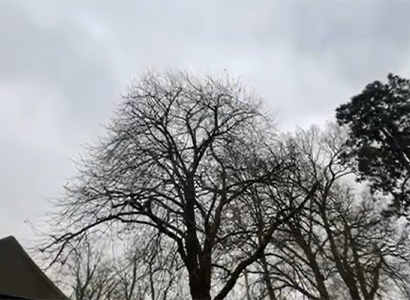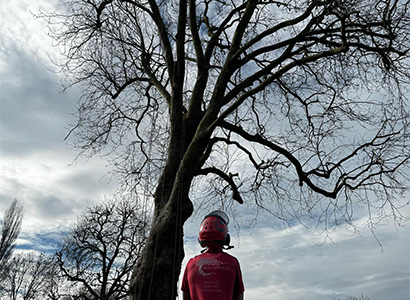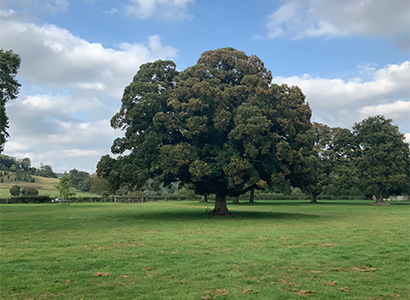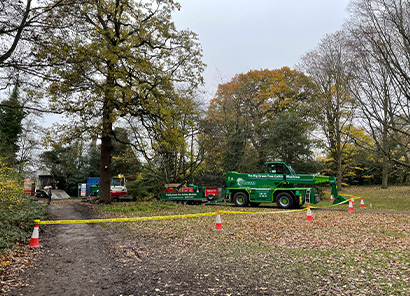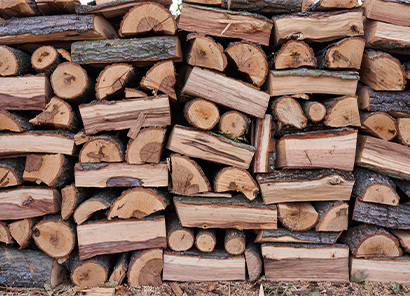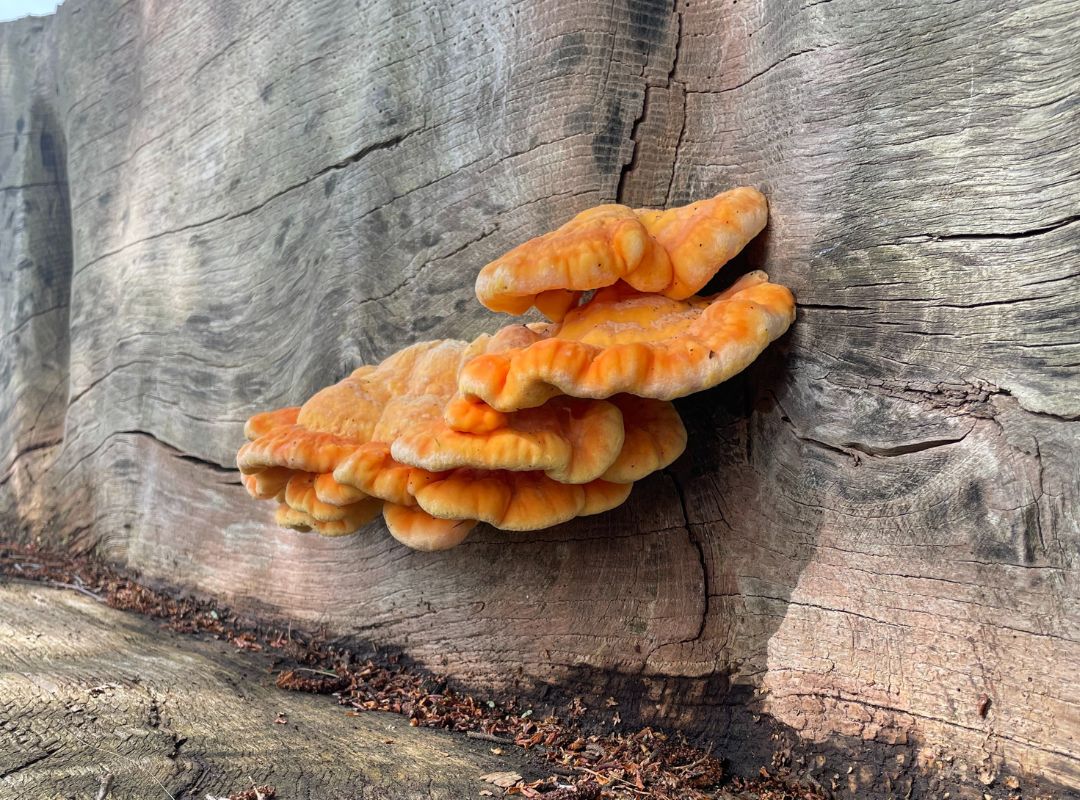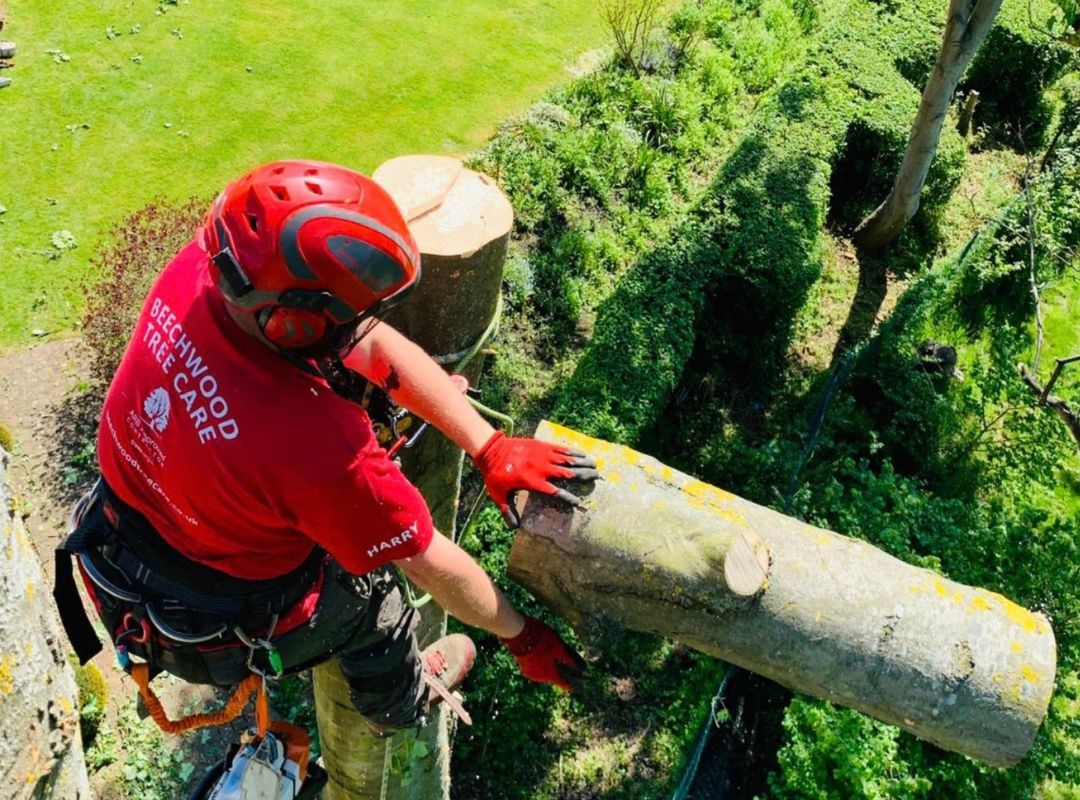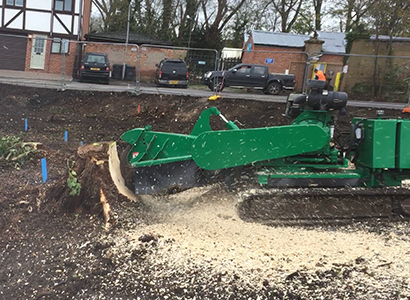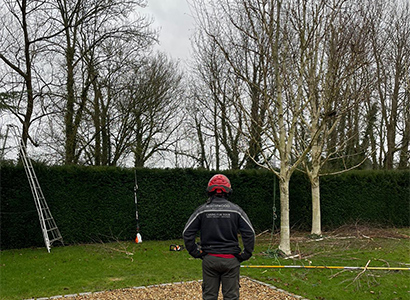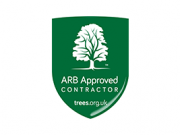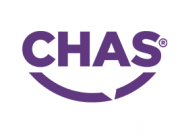Protecting Your Horse Chestnut Trees from Moth Infestation
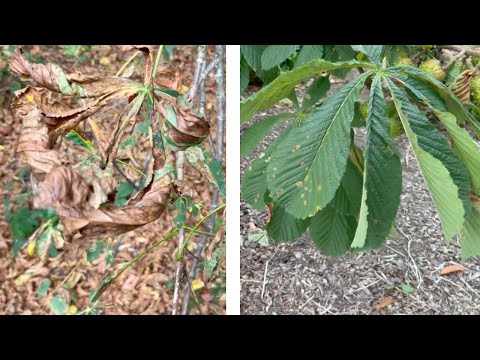
It is now conker season and our Horse Chestnut trees should be in full bloom, ahead of their annual shedding for the winter. Autumn in the UK is renowned for its crunching leaves, crisp air and conkers – but our beautiful trees are currently under attack.
While they are a staple of many landscapes, no matter the season, Horse Chestnut Trees are constantly at threat of infestation. The signs are evident and many of our beautiful trees are being torn apart by pets.
For this blog post, join Neil as he discusses the vital importance of these beautiful trees and the threat to our landscapes that could make them extinct.
The Threat: Horse Chestnut Leaf Miner
In the video, Neil showcases a beautiful local woodland during the first week of September. Even so early in the transitional season, the damage to Horse Chestnut trees is already evident and will continue to worsen without the right care.
Among the usually vibrant and lively Chestnut trees, a worrying sight emerges. The significantly defoliated trees, with brown and dried-up leaves, indicate that something is present here that is causing issues to the landscape.
As you can see in the video, the majority of the luscious, green leaves across these Horse Chestnut Trees are no longer, and the remaining ones are almost dead. This is no accident and it is something that can be prevented.
While taking time to look at the defoliated trees, the culprit of this damage is still present. While they may seem harmless due to their minute size, Horse Chestnut Leaf Miners can cause havoc in natural areas like this woodland and are a major threat to these kinds of trees.
What Is A Horse Chestnut Miner?
A Horse Chestnut Miner is a small moth that lays its eggs in the leaf of Horse Chestnut Trees and is the cause of this significant damage to the landscape.
Once the eggs have been laid, the larvae begin to emerge and feed on the leaves. This moth larva burrows into the leaf, feasting away and taking away vital nutrients from the trees, leaving these brown, dried-up shells behind.
Following their feeding and growth, the larvae morph into moths which marks the restart of the cycle. This cycle occurs three to four times a year and can be incredibly damaging for Horse Chestnut Trees.
The Damage
When healthy, these trees should maintain their leaves for another six weeks at least. Leaves are vital for the ongoing health and stability of these trees, as they contribute to the storing of energy which keeps the trees going during the winter.
However, the early leaf loss instigated by the moth infestation means that these trees are missing out on the energy supply they need. The impact is not just visual but also affects the tree’s ability to photosynthesise and produce energy, which allows it to support the rest of the environment.
Trees are an incredibly vital element to the environment and without their energy supply, many other wildlife and plants will not thrive. The moth infestation has made these Horse Chestnut Trees weak which is certain to have a domino effect on the rest of the woodland.
In the video, the damage is evident – especially when the Horse Chestnut trees are compared to a thriving sycamore nearby.
The sycamore, still buzzing with photosynthetic activity, stands out against the discoloured horse chestnuts. The infested leaves shrivel up, leaving little to no photosynthetic material, and every year, the trees grow weaker.
How To Identify Horse Chestnut Miner Damage
To an untrained eye, the browning of the leaves on chestnut trees may just be a sign that autumn is upon us – but our tree surgeons know better.
Horse Chestnut Trees need protection and treatment to help them regain their strength, so they can continue to thrive in our landscapes. It is a good idea to act fast when you notice symptoms of moth damage such as:
- Discoloured Leaves: When experiencing a moth infestation, the leaves on Horse Chestnut trees will exhibit blotchy brown or white patches, which often form in between the leaf veins. This is where the larvae burrow.
- Premature Leaf Drop: During an infestation, trees may shed their leaves earlier than usual, often in late summer instead of autumn. Neil demonstrates this during his early September stroll through the woodlands.
- Leaf Mines: Leaf mines are tiny, winding tunnels or mines within the leaves which are created by the larvae feeding inside the leaf tissue.
- Leaf Curling: During infestation and disease, the leaves may curl or distort due to the damage caused by the feeding larvae.
- Reduced Vigour: Affected trees may show signs of reduced growth and overall vigour. This is due to the loss of photosynthetic ability in the damaged leaves and is not a sign that autumn is here.
- Visible Pupae: In some cases, you may find small, brown pupae on the undersides of leaves or the ground beneath the tree in late summer.
Increased Susceptibility to Diseases: Trees weakened by heavy infestations may become more susceptible to other diseases and pests, which can cause more physical damage.
If you notice any of these signs, it is time to call professionals like those on our team to manage your infected trees.
The Treatment: Beechwood Tree Care to the Rescue
As a leading tree care and management company, Beechwood Tree Care have developed effective treatments that can help your trees recover. Our treatments can help your trees regain their aesthetic appeal and energy-producing capabilities following an infestation like this.
We have seen firsthand how our treatments can transform these trees, significantly reducing the damage from the leaf miner and helping them regain their strength for many more years of beautiful growth.
In the video, Neil demonstrates how vital our work is and how successful our treatments are by showcasing Horse Chestnut Trees that were treated within the past two years.
Even in early September, the beginning of the transition period, the leaves of our treated chestnut trees are still largely green and glossy, with only a few minor spots from the leaf miner. This tree will need another round of treatment in the spring, to hold off the moths and limit the damage done when all plants are back in bloom, and this is something we can provide at Beechwood Tree Care.
Contact Us Today
For the love of your Horse Chestnuts, don’t let them suffer – reach out to us today to get started on treatment.

